Jaipur India Travel Guide
By Chitra Yadav
Jaipur: The Pink City
 Known for its aesthetic beauty, architecture, temples, palaces, food, hand printing, blue pottery and jewellery, Jaipur started being called the Pink City back in 1876. So being from Jaipur, I would like to welcome you to my city, just as British Royalty were welcomed in 1876.
Known for its aesthetic beauty, architecture, temples, palaces, food, hand printing, blue pottery and jewellery, Jaipur started being called the Pink City back in 1876. So being from Jaipur, I would like to welcome you to my city, just as British Royalty were welcomed in 1876.
My name is Chitra and I am proud and happy to introduce you to Jaipur: the Pink City. I am a student from Jaipur, but I have also studied in London. “Khamma Ghani” (Many greetings) let’s go deep into Jaipur, the historical capital of Rajasthan
Founded in 1727 by Maharaja Jai Singh II, and Maharaja Sawai Mansingh II, who was the last ruling Maharaja of Jaipur state. The Prince of Wales and Queen Victoria visited India on a tour in 1876. As the colour pink denotes the colour of hospitality, Maharaja Ram Singh of Jaipur painted the whole city pink in colour to welcome the guests. Still now the inner city, the Char Diwari is painted in the brick red colour – which was earlier known as the colour pink. This is why Jaipur is also known as the Pink City (Gulabi Nagari).
In 2019 Jaipur India joined the list of UNESCO world heritage sites. Most of the major palaces in Jaipur. are inspired by Rajput and Mughal architecture.
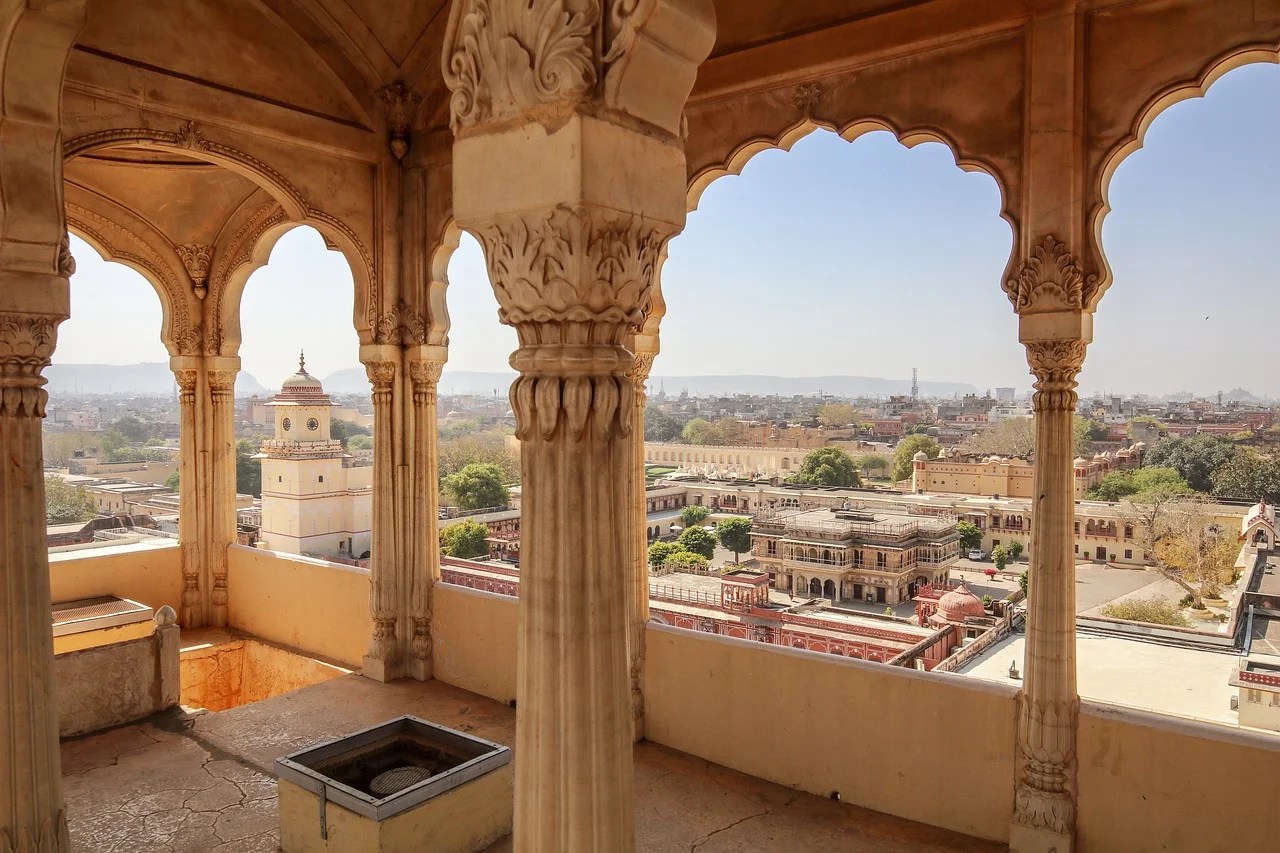
Jaipur Things To Do & See
Jaipur is known for its historical palaces and architecture.Here are some of Jaipur’s must see sights.
1. Hawa Mahal Palace
The Hawa Mahal Palace was built in 1799 for the ladies of the Royal household. Hawa Mahal means the ‘Wind Palace’ or the ‘Palace of Winds’. It has 953 small windows, which were built to keep the palace cool during the summer time in older times. The landmark is built with pink and red sandstone and resembles a honeycomb structure and is shaped like a crown. It is a perfect example of a Rajput style architecture. To access the Hawa Mahal you need to enter from the side of the City Palace as Hhawa Mahal was built as a part of this palace, therefore it doesn’t have its own entrance.

2. Jaipur City Palace
Located just behind the Hawa Mahal, the City Palace is a fusion of Rajput and Mughal architecture. It now has the Maharaja Sawai Man Singh II Museum and encompasses several buildings, various courtyards, galleries, restaurants, and the offices of the Museum Trust. The famous structures in the complex are the Chandra Mahal, Mubarak Mahal, Shri Govind Dev Temple and the City Palace Museum.

3. Jantar Mantar
Built in the 18th century, the Jantar Mantar is a collection of 19 architectural astronomical instruments. It has been a UNESCO World Heritage Site since 2010. It features the world’s largest stone sundial, and can be found nearby both the City Palace and Hawa Mahal. The instruments in Jantar Mantar allow the observation of astronomical positions with the naked eye.
4. Albert Hall Museum
A beautifully built museum, the Albert Hall Museum displays artifacts and information about the history of traditional arts and crafts of Rajasthan. Located near the Jaipur Zoo, at night with all the lights on it looks even more beautiful. People can buy tickets for both morning and evening entry.
5. Jal Mahal
Jal Mahal means “Water Palace”. This palace is in the middle of the Man Sagar lake in Jaipur city, built with yellow and red sandstone. Consisting of five floors , but when the lake is full of water then only one floor is visible and the other four floors are underneath the water. The Jal Mahal is embraced in its background by the Rahargarh Hills.The Palace looks beautiful both by day and in night when all lights are on.
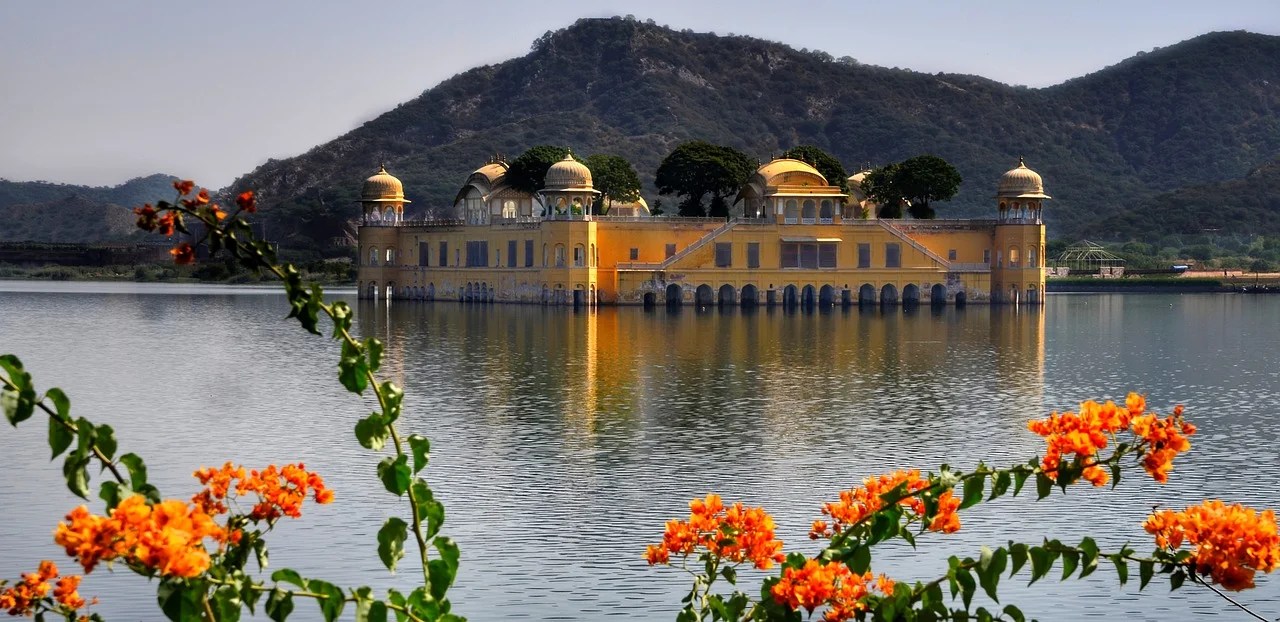
6. Nahargarh Fort
Perched on the edge of the Aravalli Hills, you can catch a glimpse of the city from the Nahargarh Fort, which was opened in 1734. This fort, as well as the Jaipur Amer Fort, and the Jaigarh Fort, were built for defensive purposes. In those times the Kings used to construct their palaces high above ground in order to secure their kingdom from enemies. These days tourists can take their cars to the top but in earlier times people had to climb a lot of steps to reach to the King’s palace.
7. Jaighar Fort
The Jaighar Fort is also known as the Victory Fort .Located in Amer which is just next to Jaipur, 12 km, the fort features a cannon named “Jaivana”, which was manufactured in the fort area and was then the world’s largest cannon on wheels. The fort is nearby the Amer Fort and is situated near the Aravalli Hill range.
8. Amer Fort
Located in Amer which is 12 km from Jaipur, the Amer Fort is beautifully built and has many artistic style elements. The fort is nearby the Jaighar Fort, overlooking the Maota Lake, which is also the main source of water for the Amer Fort. The fort consists of the Diwan-e-Aam, or “Hall of Public Audience,” the Diwan-e-Khas, or “Hall of Private Audience”, the Sheesh Mahal (mirror palace), or Jai Mandir, and the Sukh Niwas .The fort was the residence of the Rajput Maharajas and their families.
9. Statue Circle
Statue Circle is a tribute to the founder of Jaipur – Maharaja Sawai Man Singh II. It is a statue that connects four roads and forms a circular passage .It is made up of white marble and illustrates the Maharaja, holding an astrological diagram depicting Maharaja’s love for astrology.
10. Vidhan Sabha (Rajasthan Legislative Assembly)
This is the government office for the Ministers of Rajasthan. People are not allowed to go inside but they can see it from the outside. It is an excellently constructed, beautiful building.
The exterior of the building has been designed with famous traditional features of Rajasthan such as Jharokas, Chhatries, Kamani, Baradaries, Arches, Todies etc. Nearby the building there is a another special building known as “Amar Jawan Jyoti” which is a memorial dedicated to the martyred Indo-Pakistani War soldiers, with a continuously burning flame. Both places looks beautiful both in day and night.
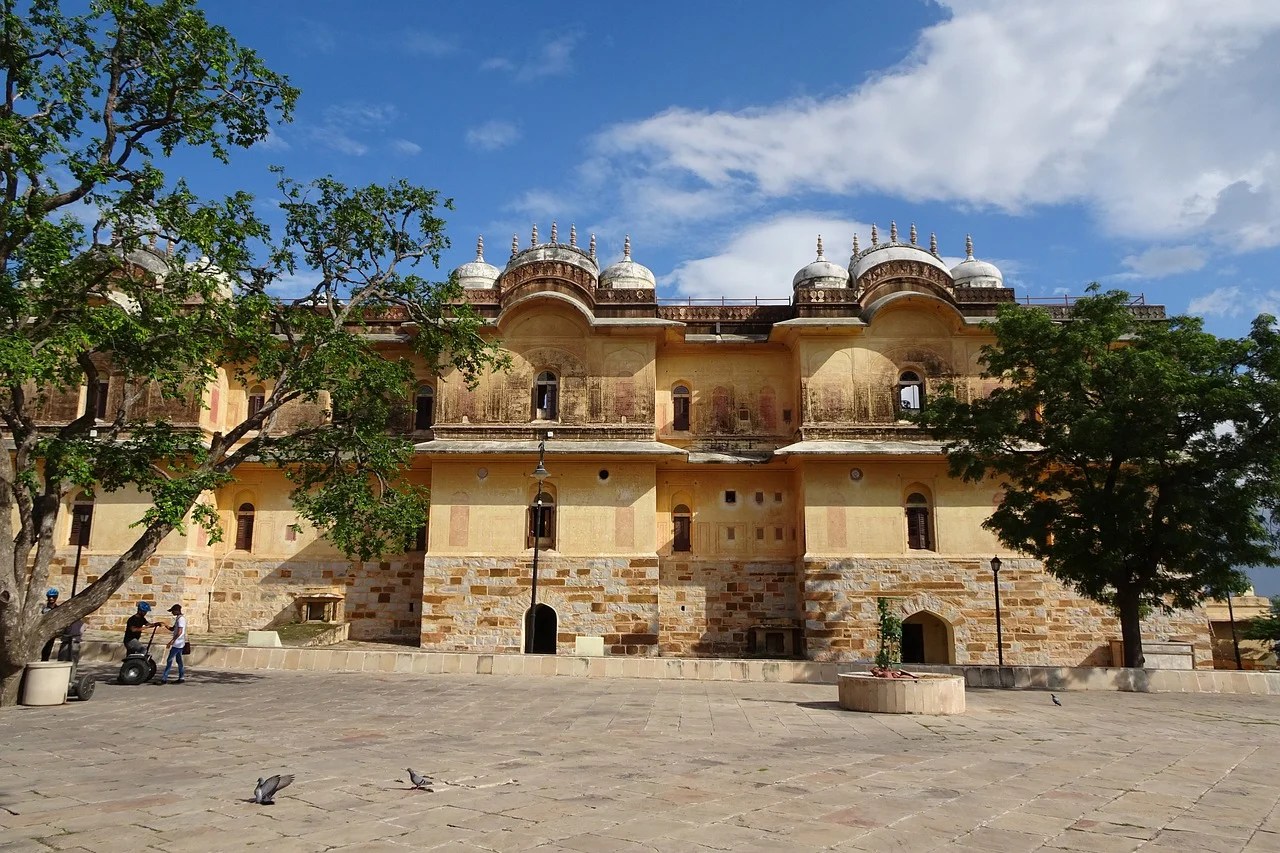
Check out this
Private Tour & Festivals
Jaipur Main Temples
1. Mooti Dungri Ganesh Ji
This Hindu Temple Complex is dedicated to Lord Ganesha, who is a son of the Lord Shiva and the Goddess Parvati .Lord Ganesha is worshipped before all auspicious events in India. On the top of the temple on the hill, there is another temple of Lord Shiva. This temple opens only once in a year on the birthday of Lord Shiva. Nearby Mooti Dungri Ganesh Ji there are three other temples of Goddess Durga, Lord Hanuman Ji and Lord Vishnu and Goddess Laxmi. All of these temples are beautifully constructed.
2. Birla Mandir
Located just nearby Mooti Dungri Ganesh Ji, is Birla Mandri which is entirely made of marble and is an excellent masterpiece in terms of the architecture.
3. Govind Dev Ji
This temple is nearby the City Palace and is also wonderfully constructed, in this instance using both yellow and red stones. The temple idolises both Lord Krishna and Goddess Radha.

Ethnic Groups in Jaipur
People from Rajasthani origin are called as “Marwari” although the most widely spoken language in Rajasthan is Hindi, the basic traditional language is “Marwari”. All over the Rajasthan Province, each state has their own minor languages but mostly Hindi is the main language and mostly everyone speaks in Hindi .
Every city has its own cultural significance but every city is connected to the other city in terms of history, religious practices, art and culture. In Rajasthan there are many different castes and communities and they have their own traditions.
Major sub ethnic groups are Jats, Rajputs, Muslims, Gurjars, Meenas, Brahmins, Agarwal, Jains, Bhils, Mali, Chamar and Meghval. Most of them follow many of the same traditions however.

Customs & Etiquettes
In Jaipur when we meet our elders we say “Namaste.” To say this we bring the palms of our hands together before the face or chest and join them as if bowing.
In reply the other person also greets you in the same way and says “Namaste”. Or if we are meeting someone who is very old like our grandparents, then we touch their feet to get blessings from them.
When we visit temples then we also do these similar actions such as Namaste but this time we also move our head down in-front of the God to receive blessings.
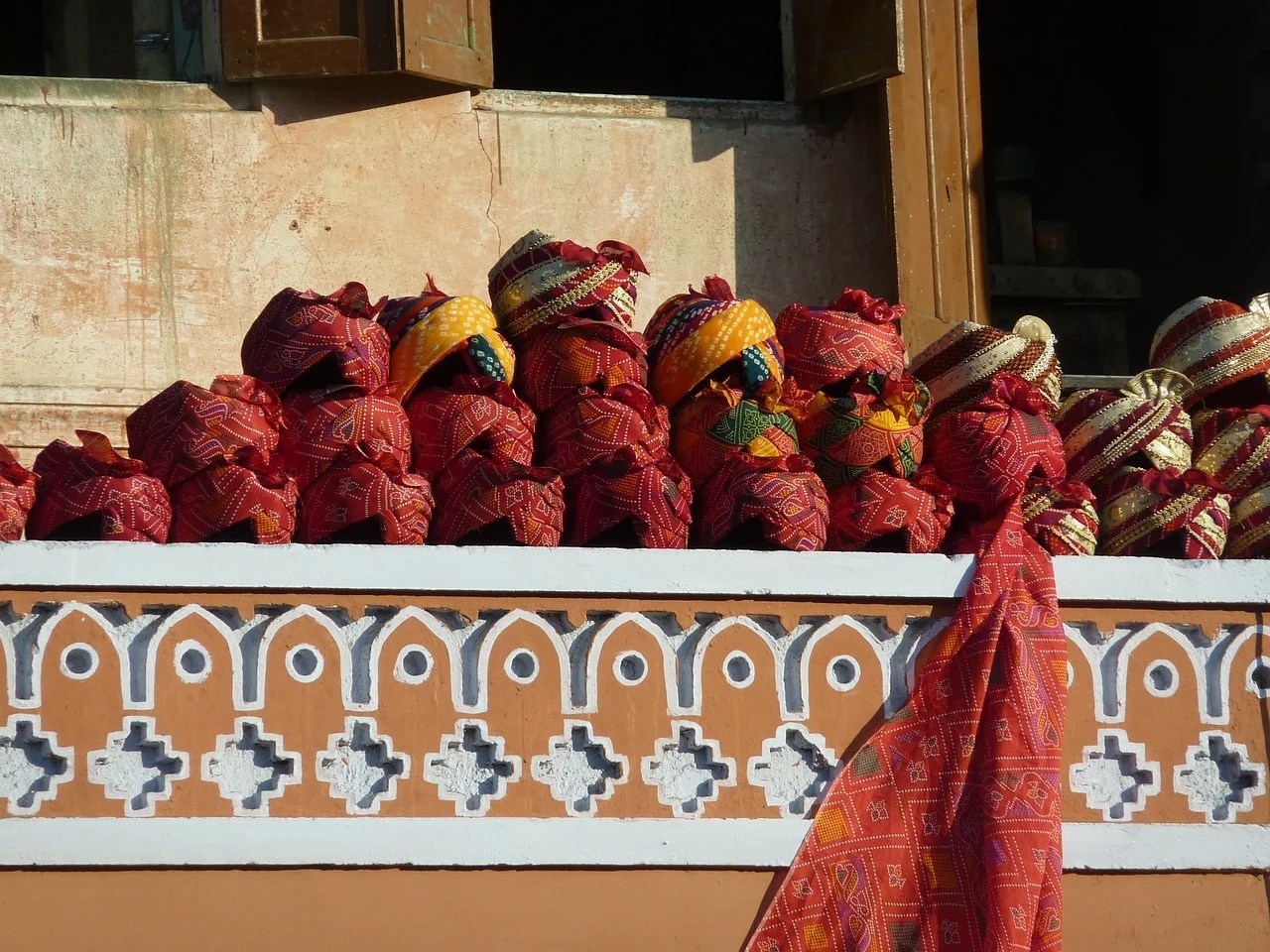
Families in Jaipur
In Jaipur or in general in India, many families people live with their parents, grandparents or maybe even their great-grand parents. Generally when a couple gets married then the girl leaves her family and goes to the boy’s family home.
But nowadays in metro cities such as Mumbai, Delhi, Calculta and Chennai couples live separately from the family because they are working, so they need to find homes near their offices. But they visit their family on weekends, and during festivals and holidays.
In general family ties are stronger in India when compared to many other foreign countries. Girls are raised in a very respectful manner and in mid class families they generally don’t wear revealing clothes in front of their elders.

Check out more
Fun Festivals
Typical foods
As Jaipur is located in Northern India, typically we eat North Indian foods like Chole Bhature, Naan/Rumali Roti, Parathe,Daal, Rajma Chawal, Dahi Vada,curry, rice, papad, raita ,samosas…and the list is almost endless! .In India you can get amazing vegetarian food. The basic Rajasthani food is “Daal, bati and churma”, generally we cook this during festivals and on important occasions.
Every day we cook roti, sabzi, rice and daal for our meals. Meat and other non-vegetarian food are less promptly available in Jaipur. But in South India meat and other non-vegetarian food are easily available.
Some of the famous desserts of Rajasthan are-Gulab Jamun, Rasmailayi, Rasgulla, Barfi, Lassi, Ghewar, Rabri, Gajar Ka Halwa and again the list is almost endless!.In general people consume more sugar through food in India when compared to other western cultures.
Alcohol is not so prominent, in general in India or Jaipur. In some of the families it is strictly forbidden .Although you will find some alcohol shops and bars but much less in comparison to lots of foreign countries. Drinking alcohol, taking drugs, and smoking are considered as very bad habits in India and most of the families don’t like them.

Restaurants in Jaipur
Mostly good restaurants’ serve both north Indian and south Indian cuisine .You can see restaurants on Zomato (an app that lists restaurants with their ratings and food delivery ),Swiggy and Uber Eats are other food delivery apps.
My personal favourite for Rajasthani cuisine are Chokhi Dhani and Virasat Heritage Restaurant. Both the restaurants serve Rajasthani food.
To eat Rajasthani food you need to sit on the ground with crossed legs. The food is served in a big thali with different varieties.
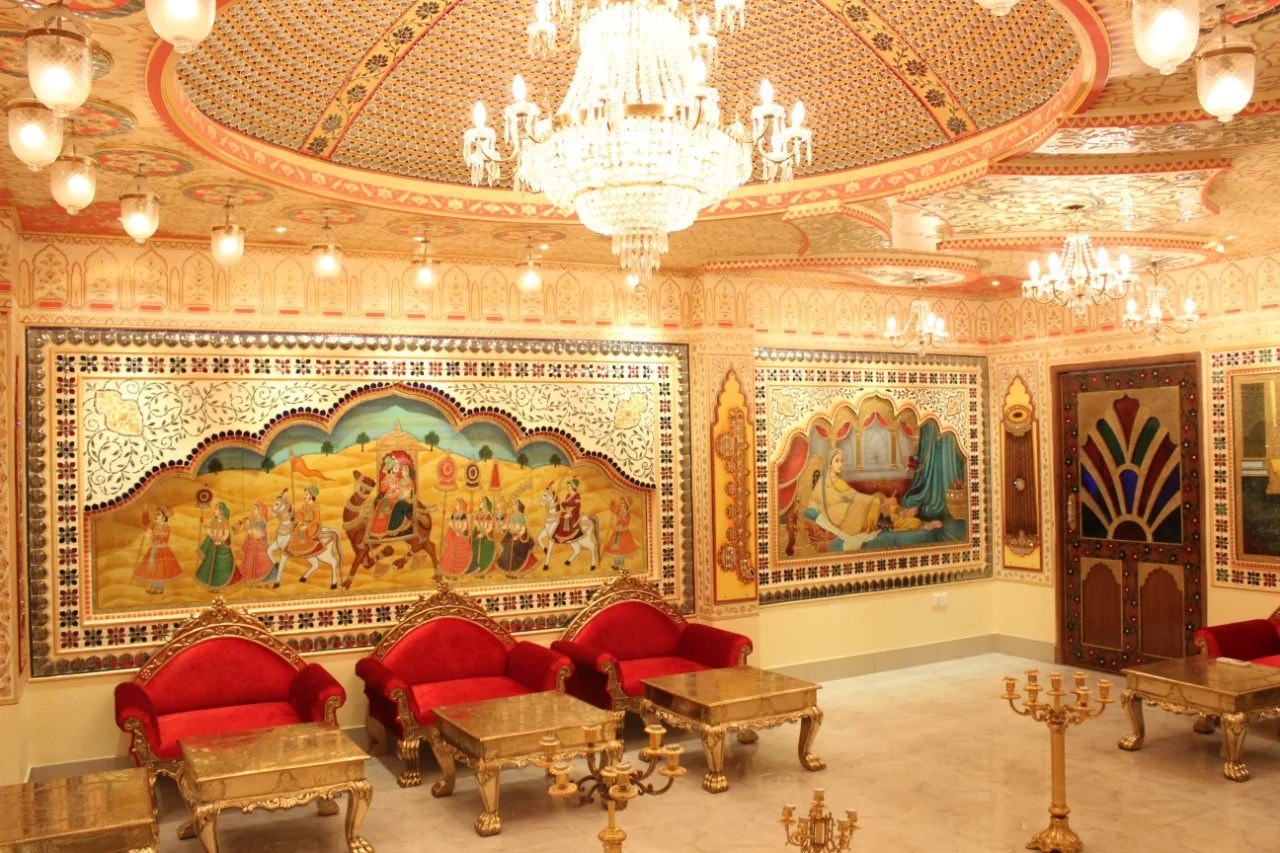
Markets and shopping
If you go to Birla Auditoriam you can see different types of exhibitions for clothes and various handicrafts, where you can also buy the items.
Some of the major shopping malls in Jaipur are MGF Metropolitan Mall, World Trade Park, GT Central Mall and Pink Square Mall. You will find different brands in these malls both for Indian shopping and to eat.
There is a market near the Hawa Mahal, which is a very popular place to buy crafts and there are some other markets as well such as the Chandpole Bazaar.
Head to the Bapu Bazaar for textile goods, the Johari Bazaar for Jewellery with precious gemstones, and handmade necklaces, and go to the Nehru Bazaar for Joothis, which are the typical, colourful Rajasthani footwear.
Golden rule never forget to bargain at all of these markets!

Jaipur music
Most people listen to Bollywood music in Jaipur but the main traditional dance of Rajasthan is Ghoomar. Some of the less popular ones are Kathak, Dandiya , Kalbelia, Bhavai and Kathputli.
Don’t forget that can see Rajasthani dance and listen to music in the concerts of the Jaipur Literature Festival (this happens every year around mid January), in the Amer Fort and Jahawar Kala Kendra. Note the show timings and dates are not fixed please check before you visit.
Jaipur festivals
Mainly in India Holi (the Festival of Colours) and Diwali (the Festival of Lights) are the most prominent festivals, but in each part of India there are some other festivals that are celebrated as well.
Some of the other festivals that we celebrate in Jaipur are Maker Sanskriti, which is celebrated every year on or around 14th of January. People fly colourful kites on their roofs and enjoy the day with their extended family.
Raksha Bandhan is another important festival in Jaipur, which focuses on the relationship between brothers and sisters. The sister ties a rakhi on her brother’s wrist and prays for his well being.
Some more interesting
Jaipur Festivals
Landscapes outside the city of Jaipur
Jaipur is surrounded by the Aravalli Hills these hills protect Jaipur from the rough winds from the dessert area. The soil is generally fertile and the major crops of the area are groundnuts, bajra, pulses, wheat, barley , mustard and gram.
Major vegetables are peas, tomato, cabbage, chilli and cauliflower. More or less every vegetable is available in Jaipur.
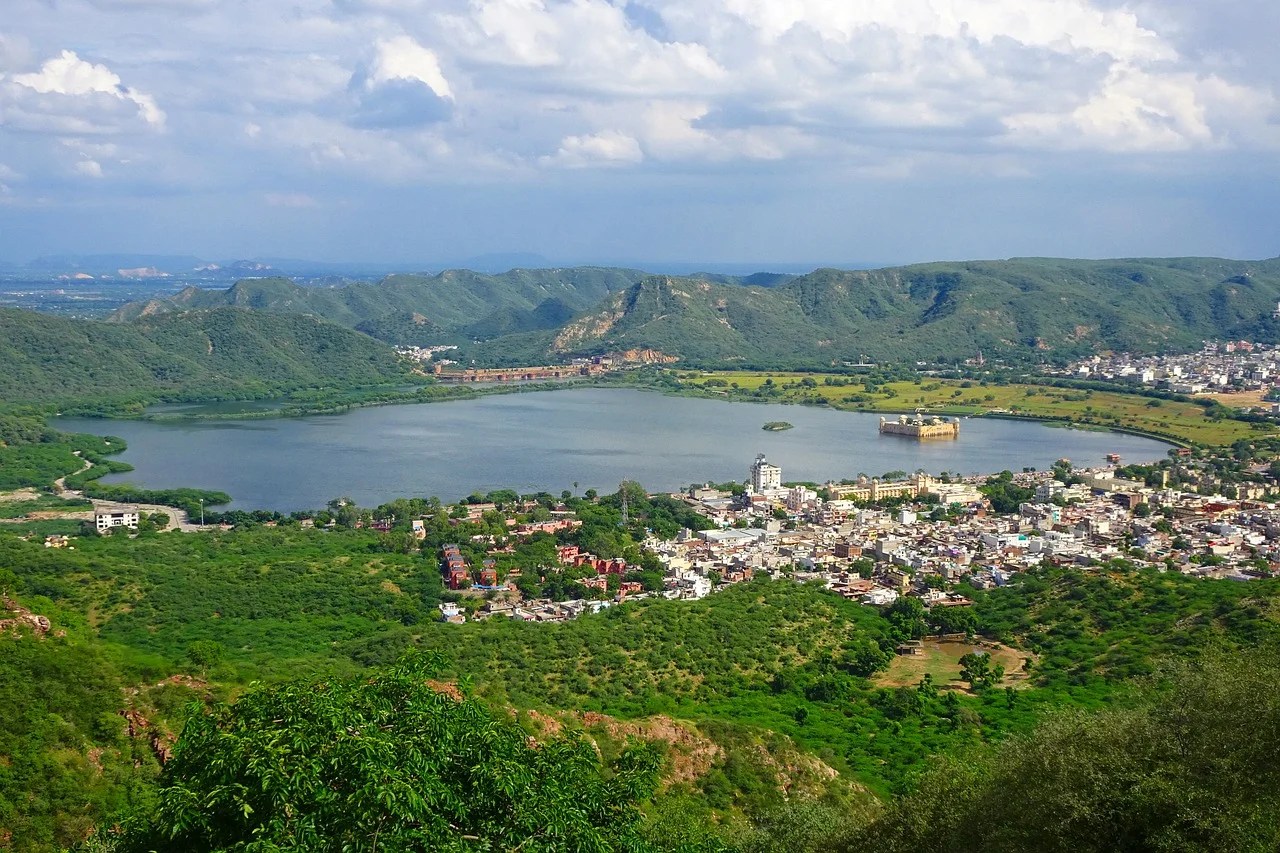
Day trips from Jaipur
Many foreigners come to do Vipassana in Jaipur. This is a meditation camp for ten days and is free of all costs.
Other trips from Jaipur can be to Amer 12 km, Ajmer 135 km, Pushkar 149 km, Sariska 152 km and Ranthambor 190 km.
Other cities that are a must to visit in the Rajasthan are Jodhpur 335 km, Udaipur 393 km and Jaisalmer 557 km. Please note that these roadtrips take from around 6 hours to 9 hours.

What is important to the local people?
Family is the most important for the people in Jaipur. Family ties are strong and parents put an immense effort into their children’s education.
Languages spoken in Jaipur
The main language is Hindi but certain people may speak in a Rajasthani language, called Marwari. English is a commonly used language amongst the younger people.
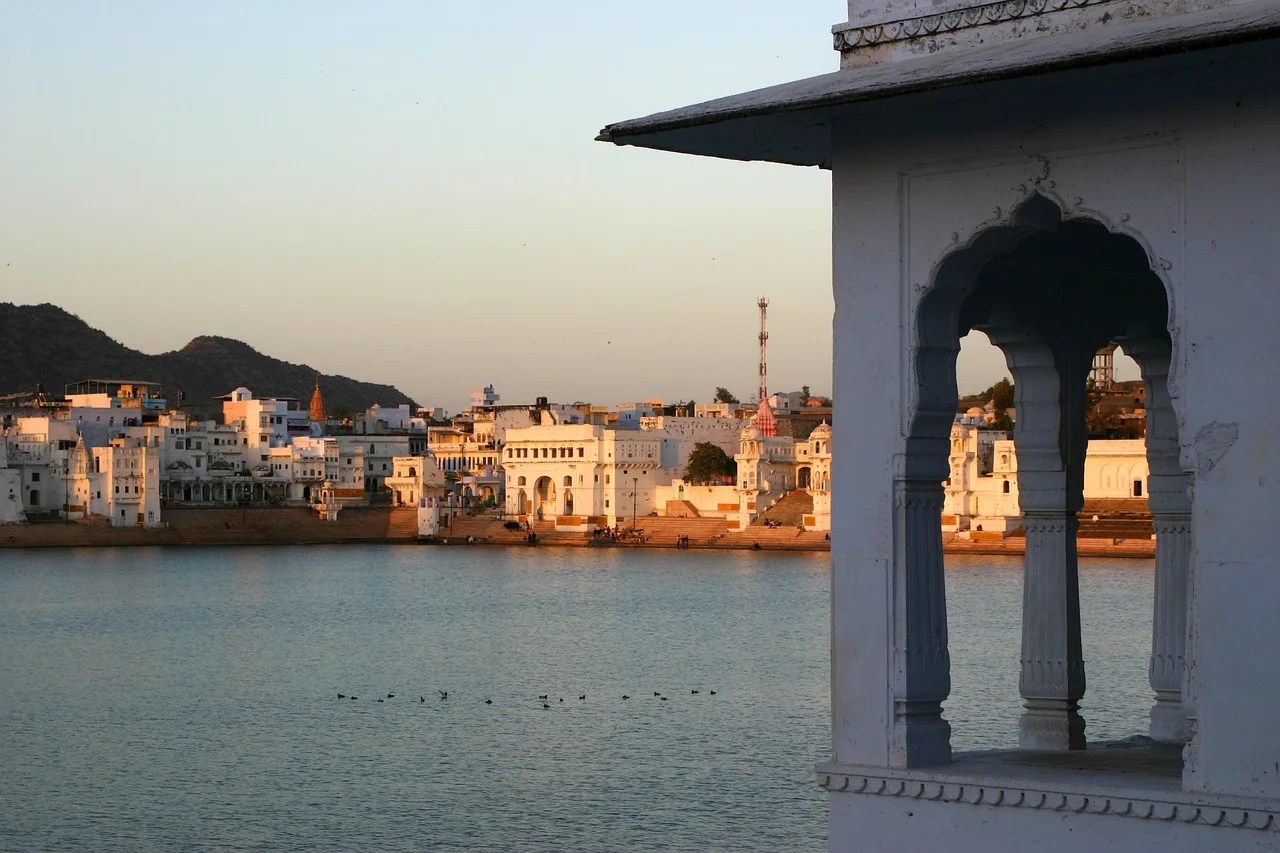
Transport
For foreigners I would suggest to use cabs because they are cheap in Jaipur also their rates are fixed so, there is no need to bargain. Uber and Ola are majorly used cab services, you can pay in both cash and online.
Example, for 7 miles 11 km, they will charge you around 180 INR. This is around €2.26 euros, $2.53 dollars or £1.94 and of course these rates may change all the time, since I wrote this guide.
Other forms of transport are metro train, buses, autos, car hire and own vehicles but in general public transportation in Jaipur is not that good as in European countries.
Jaipur on a budget
For budget travellers they can stay at Zostel, Oyo Rooms, other less expensive hotels from the various online booking systems. In general a shared room starts from 400 INR/per day. (€5.02, $5.62 or £4.33).
For food you can pay 200 INR /per meal (€2.51, $2.81 or £2.16), and for travel it depends but around 1500 + INR /per day (€18.87, $21.08 or £16.24) is sufficient. But these prices are only a guide and of course, depend on your choices of hotels, food and how much travelling you do etc. Many foreigners do backpacking trips in Jaipur on this budget.
Jaipur for luxury travellers
For luxury travellers there is no limit of options. Some of the luxury Rajasthani theme based hotels are Taj Rambagh Palace Hotel, ITC Rajputana, the lalit, Marriot and the Hilton. In these hotels, the prices change according to the rooms’ standards.
For example a Palace Room in the Taj Rambagh Palace Hotel can cost around €500 per night.







